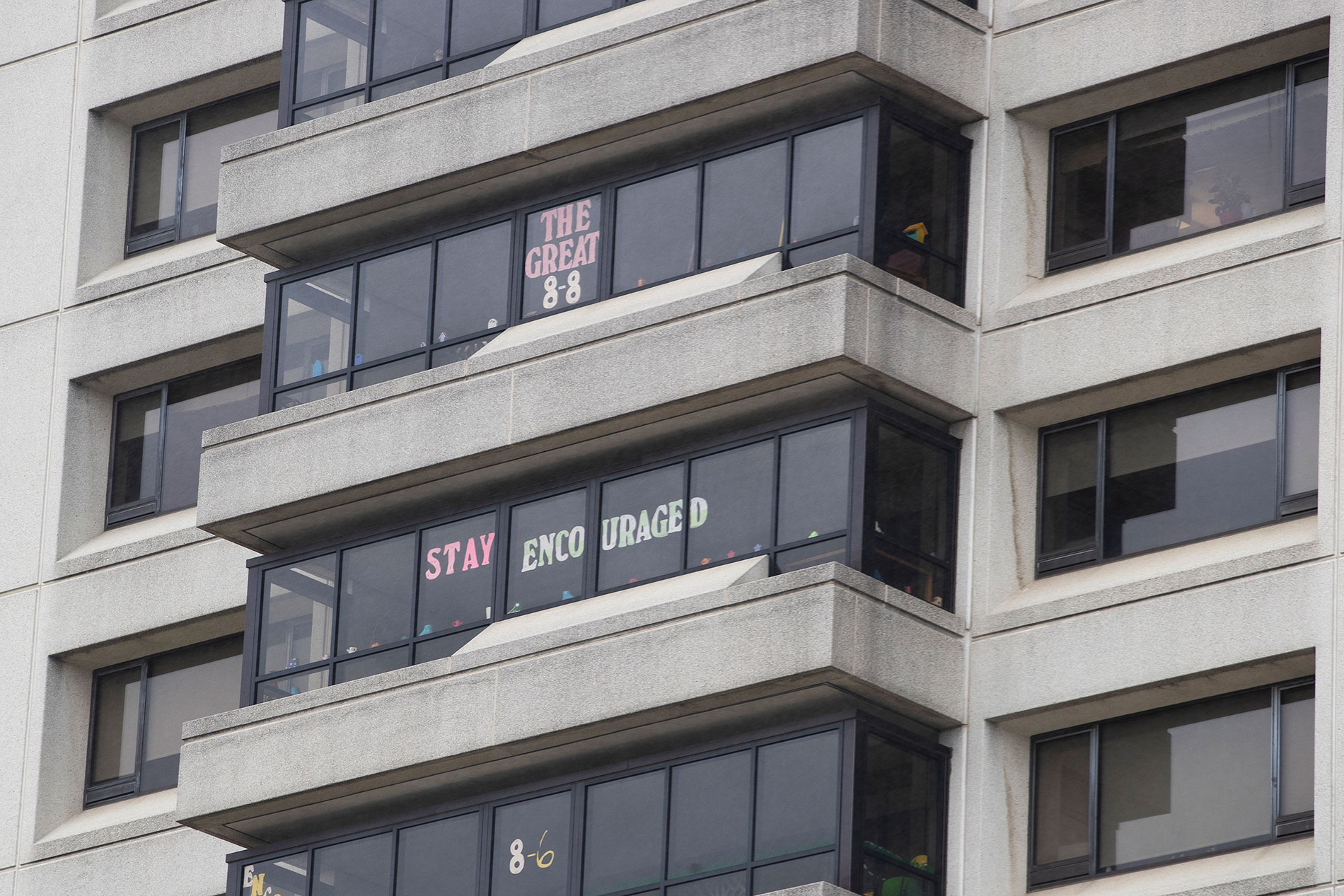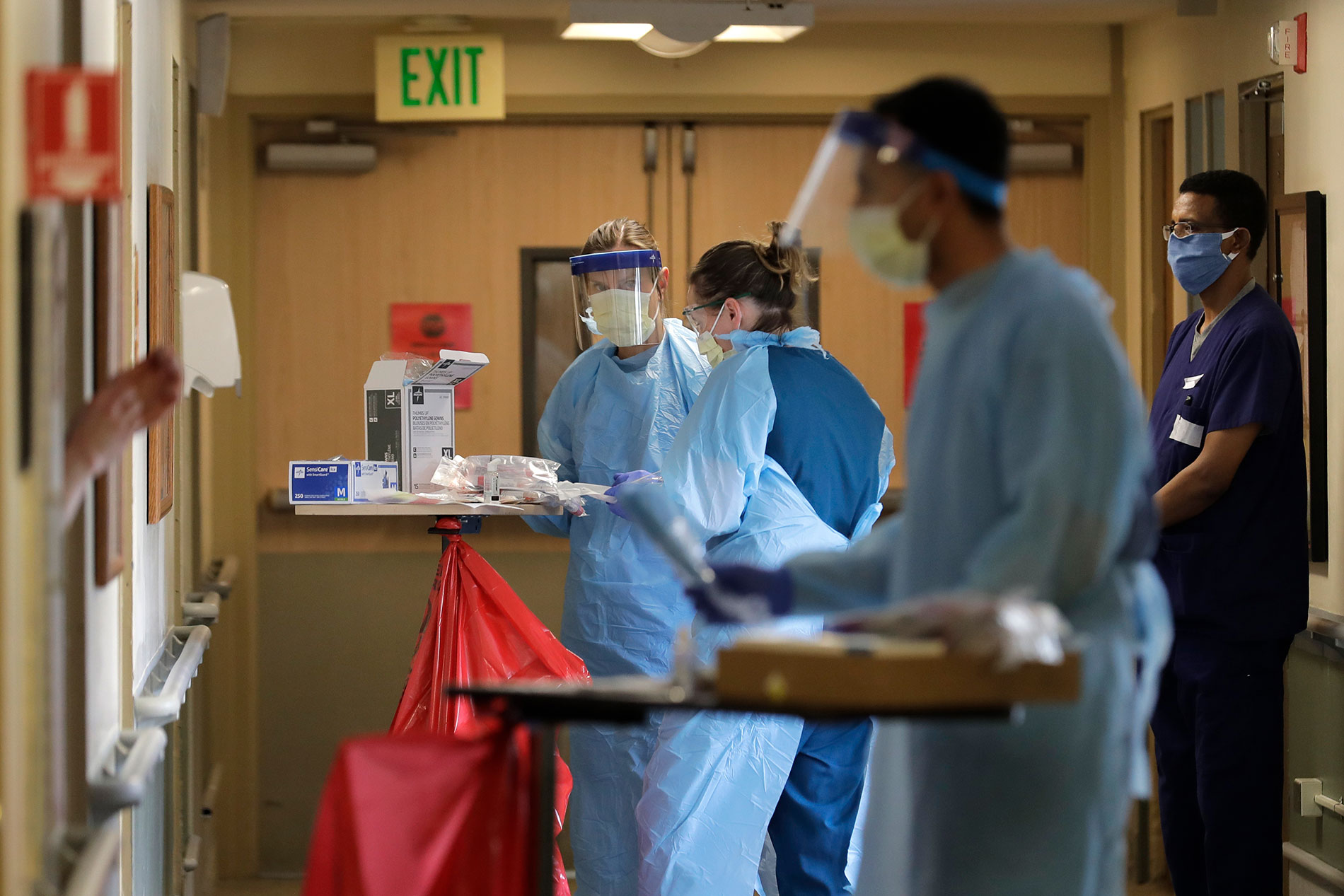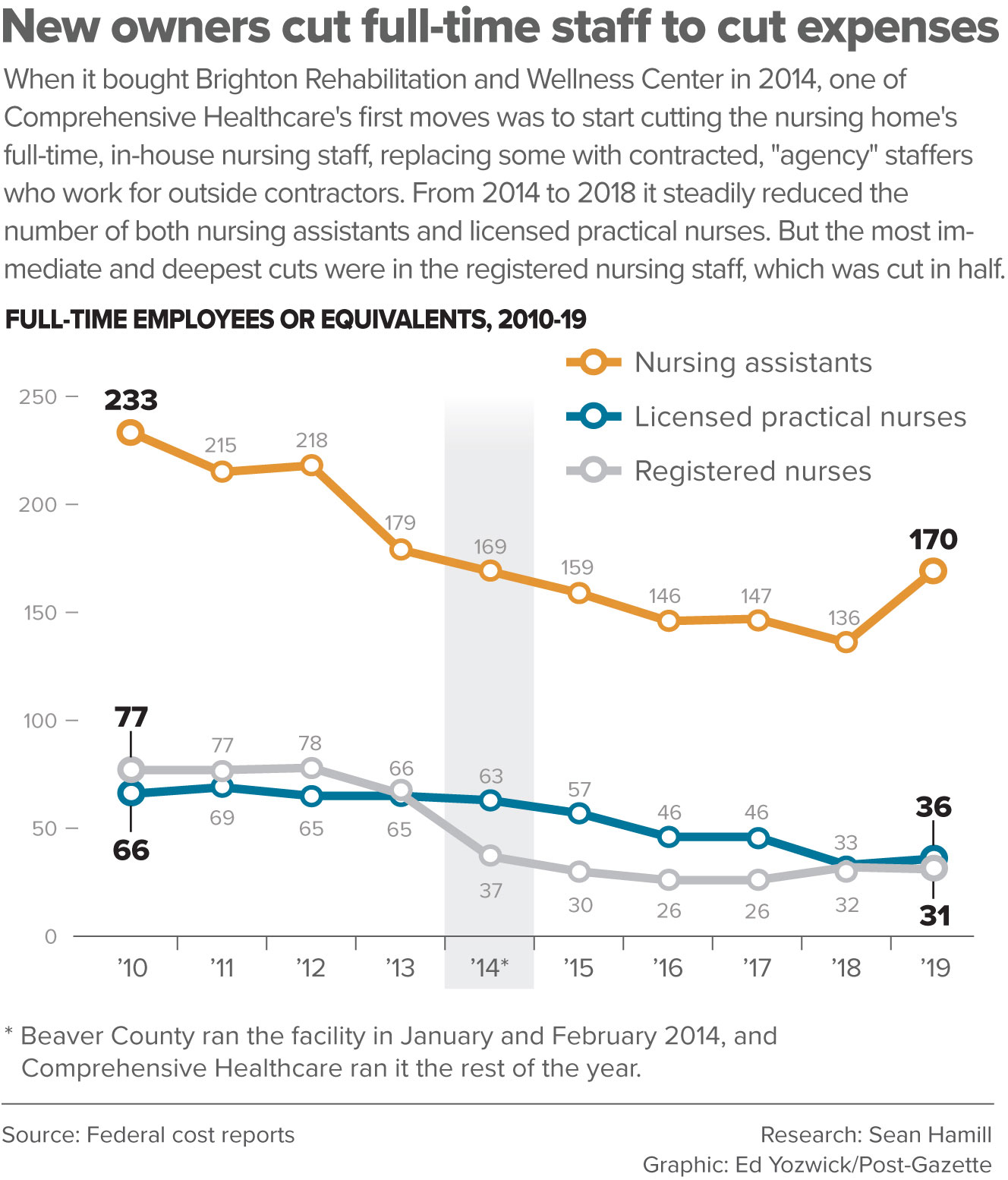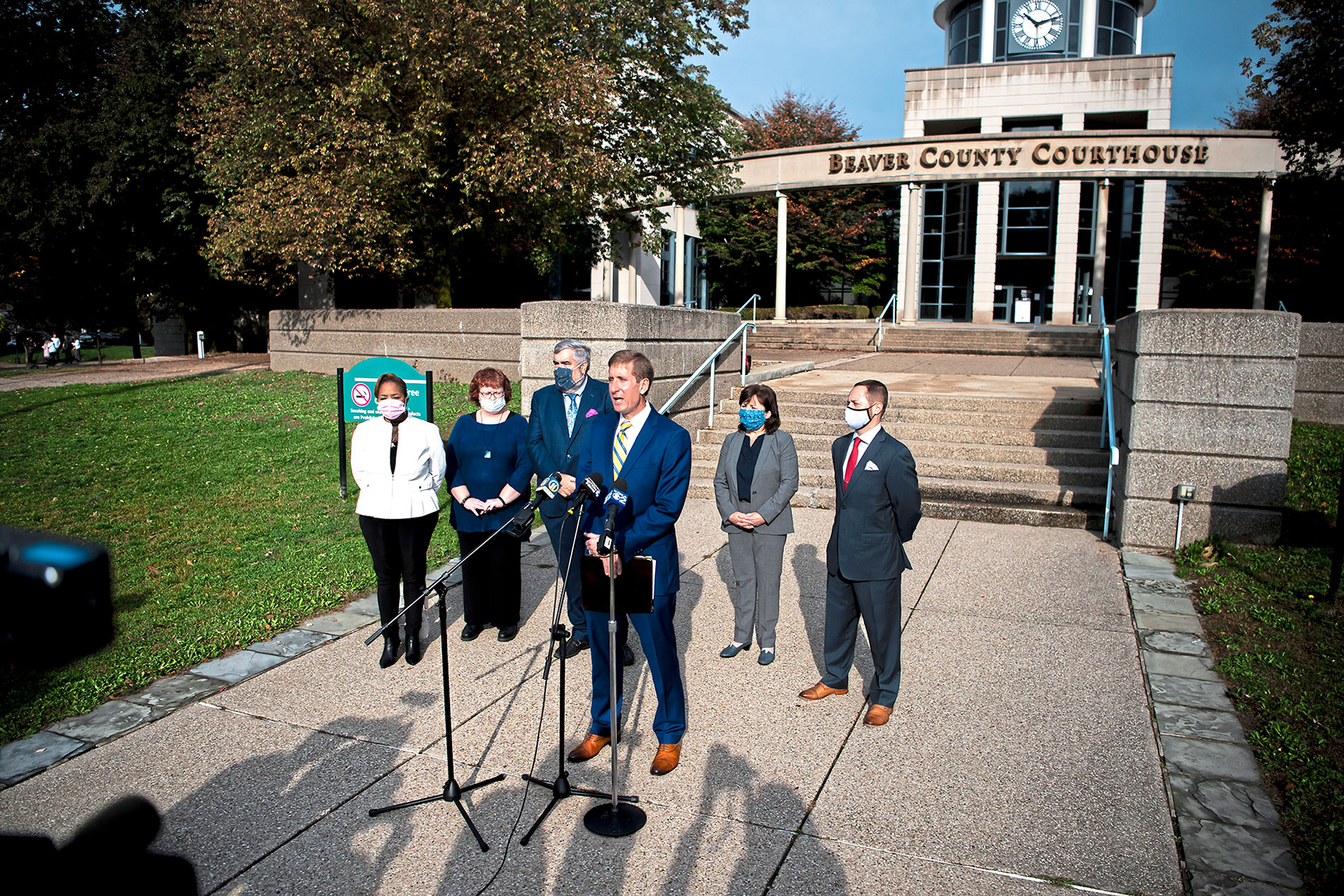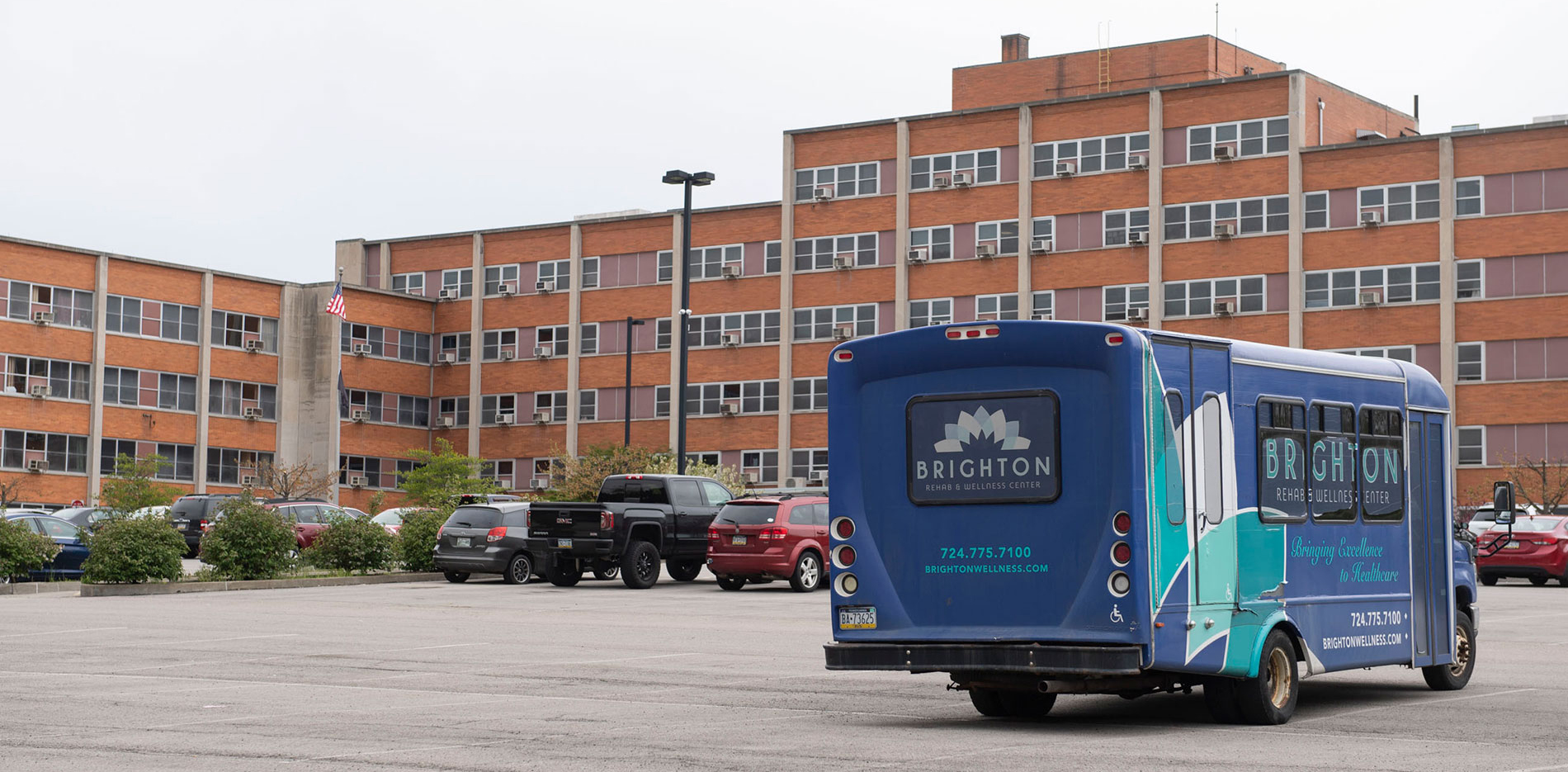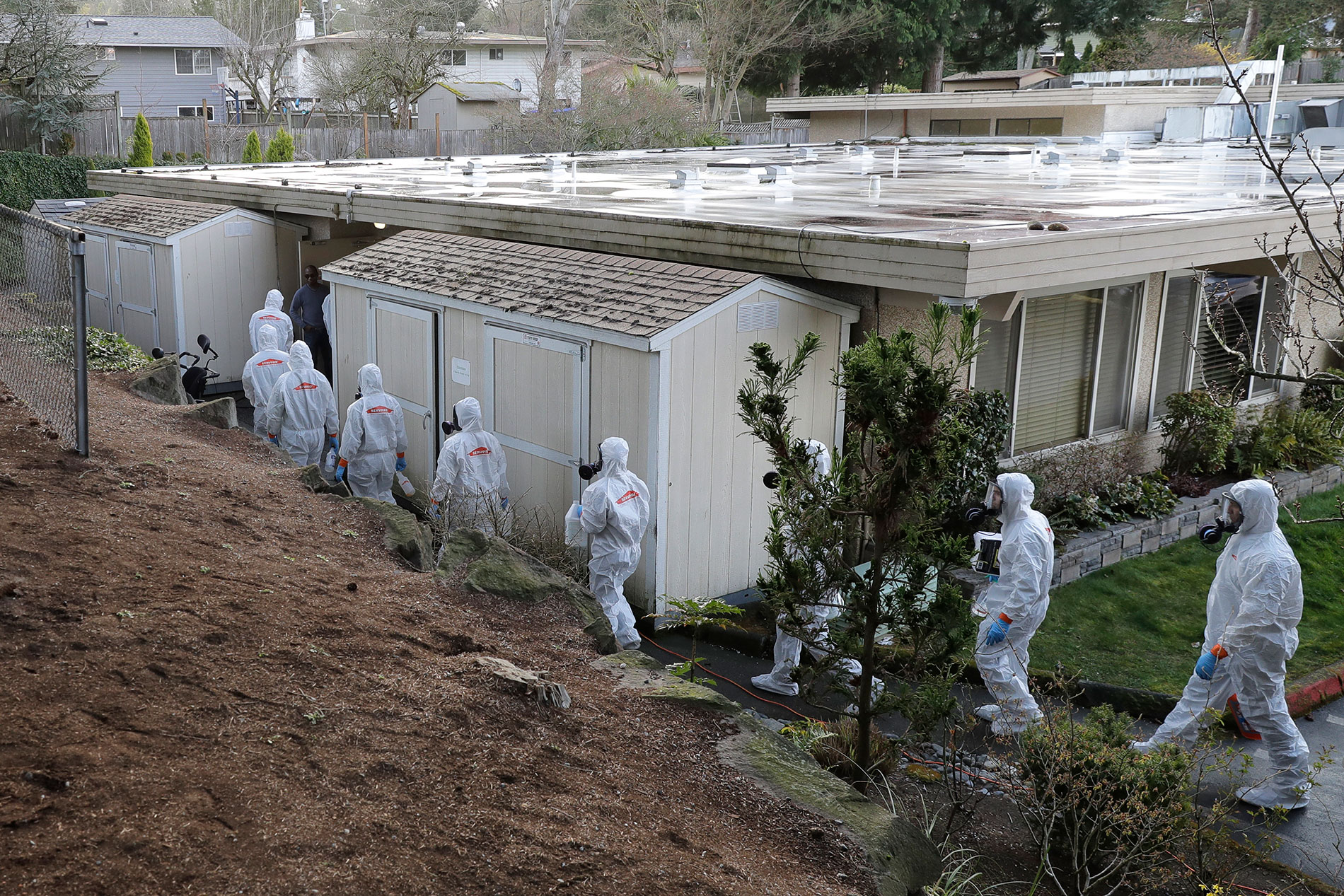
“It’s up there, clearly,” said Nicholas Castle, chairman of West Virginia University’s Department of Health Policy, Management and Leadership, and a former professor at the University of Pittsburgh. “And unfortunately there are one or two facilities like this in every state where something like this occurred.”
Getting a true list of the worst nursing home outbreaks is currently not possible. The Centers for Medicare & Medicaid Services (CMS), which oversees the nation’s nursing homes, did not order them to report cases and deaths until mid-May. By that time, Brighton’s and other nursing homes’ outbreaks were already ebbing. And the list of cases and deaths CMS now has is riddled with errors in reporting, including some nursing homes reporting more deaths than beds in the building, among other errors.
But outbreaks nationwide have received scrutiny from state authorities, the media and researchers, and Brighton’s is among the worst.
Early in the pandemic, Brighton quickly surpassed the bellwether nursing home, Life Care Center in Kirkland, Wash., which had an outbreak in February and early March that stunned the nation — 43 people died there.
And Brighton’s outbreak has been as deadly as those that drew the scrutiny of health authorities in New Jersey: Paramus Veterans Memorial Home, in Paramus, where 81 veterans died, and Andover Subacute and Rehabilitation Center, in Andover, where 83 residents died
